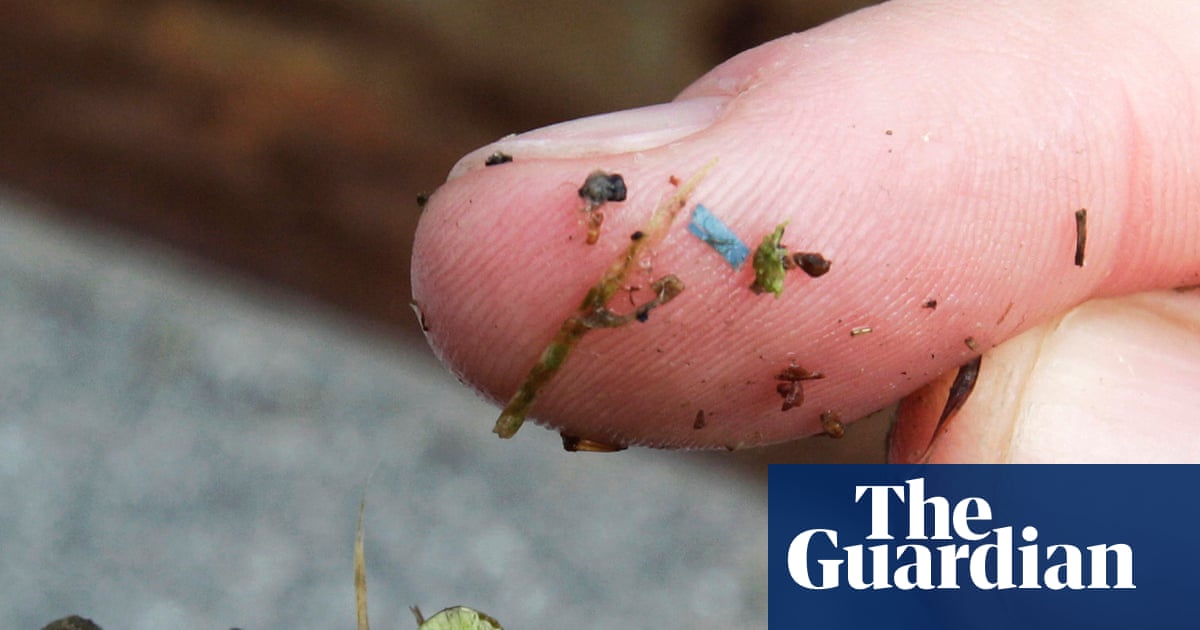Researchers from The Australian National University and the University of Queensland have found evidence that individuals with autism spectrum disorder (ASD) are more prone to developing post-traumatic stress disorder (PTSD). The study, published in iScience, indicates that even mild stress can trigger traumatic memories in those with autism, exacerbating core traits such as repetitive behavior. The research, conducted on mice, identified specific brain mechanisms underlying this heightened stress sensitivity.
Autism spectrum disorder is characterized by difficulties in social interactions, repetitive behaviors, and sensitivity to sensory inputs. Despite these well-documented traits, the impact of stress and trauma on individuals with autism has been relatively overlooked.
Previous studies have suggested that people with autism might be more susceptible to PTSD, given their altered fear conditioning and memory processing. However, the exact mechanisms remained unclear. The researchers aimed to bridge this gap, seeking to understand how stress affects those with autism at a cellular level and to provide insights that could inform better therapeutic approaches.
The research involved several mouse models of autism, including those genetically modified to mimic core symptoms of the disorder. The mice were housed in controlled environments with standard food and water access. The study used both male and female mice to ensure comprehensive results.
The experimental procedure included fear conditioning and acute stress exposure. Initially, mice were placed in a chamber to become familiar with it. Then, they underwent a restraint stress protocol, either before or after the fear conditioning session, which involved mild electric shocks paired with auditory tones. The researchers observed the mice’s behavior during and after these sessions to assess their memory and stress responses.
To understand the brain mechanisms, the team conducted electrophysiological recordings and used optogenetic manipulation, a technique that involves controlling specific neurons with light. They focused on the prefrontal cortex, a brain region involved in memory and executive functions, and its interaction with other brain areas like the hippocampus and amygdala.
The study found that even a single mild stress event could trigger PTSD-like symptoms in mice with autism, unlike control mice which required more significant stress exposure. Mice with autism showed a specific alteration in brain circuits, particularly in the prefrontal cortex. This region exhibited hyperactivity in response to stress, leading to abnormal fear memories.
The researchers observed that this hypersensitivity to stress resulted in maladaptive memory formation. Control mice developed a balanced memory of the traumatic event, showing fear in the appropriate context. In contrast, mice with autism displayed excessive fear responses to irrelevant stimuli and reduced fear in the actual traumatic context, mirroring PTSD symptoms in humans.
The study identified that this heightened sensitivity to stress in autistic mice was due to specific alterations in brain circuits, particularly in the prefrontal cortex. This brain region, crucial for executive functions and memory processing, showed hyperactivity in response to stress, leading to abnormal fear memory formation.
“While heightened sensitivity to stress and trauma has been a rising concern in ASD, the consequences have been largely overlooked until now,” explained senior author Nathalie Dehorter. “We were able to show the specific brain circuit alteration that’s underlying the hypersensitivity to stress in ASD. We know what’s happening at the cellular and at the structural level in the prefrontal cortex.”
Moreover, the study found that PTSD-like memory exacerbated core autistic traits in the mice. Social behaviors and repetitive movements worsened following the formation of traumatic memories.
Interestingly, these effects could be mitigated through a therapeutic approach called recontextualization, where the traumatic memory was reassociated with the original environment, reducing its maladaptive impact.
“Understanding this hypersensitivity is crucial to treating those traumatic memories with the right behavioural therapy,” said lead author Shaam Al Abed. “By recontextualizing the traumatic memory, we can hopefully alleviate the worsening of those core traits.”
While the study offers significant insights, it also has limitations. The research was conducted on mice, and while these models are useful, they cannot capture the full complexity of human PTSD and autism. Human PTSD involves a range of symptoms, including anxiety and emotional numbing, which were not addressed in this study.
Nevertheless, the findings highlight the need for better awareness and diagnostic tools for PTSD in individuals with autism. Early detection and tailored interventions could prevent the worsening of autistic traits and improve the quality of life for those affected. The study calls for more research into the overlap between PTSD and autism, focusing on identifying vulnerable populations and developing effective therapeutic strategies.
“Timely detection appears to be essential, especially if PTSD can worsen the core ASD traits,” Dehorter said. “We need more research into the overlap between these two conditions.”
The study, “Parvalbumin interneuron activity in autism underlies susceptibility to PTSD-like memory formation,” was authored by Alice Shaam Al Abed, Tiarne Vickie Allen, Noorya Yasmin Ahmed, Aline Marighetto, Aline Desmedt, and Nathalie Dehorter.

Sarah Carter is a health and wellness expert residing in the UK. With a background in healthcare, she offers evidence-based advice on fitness, nutrition, and mental well-being, promoting healthier living for readers.








